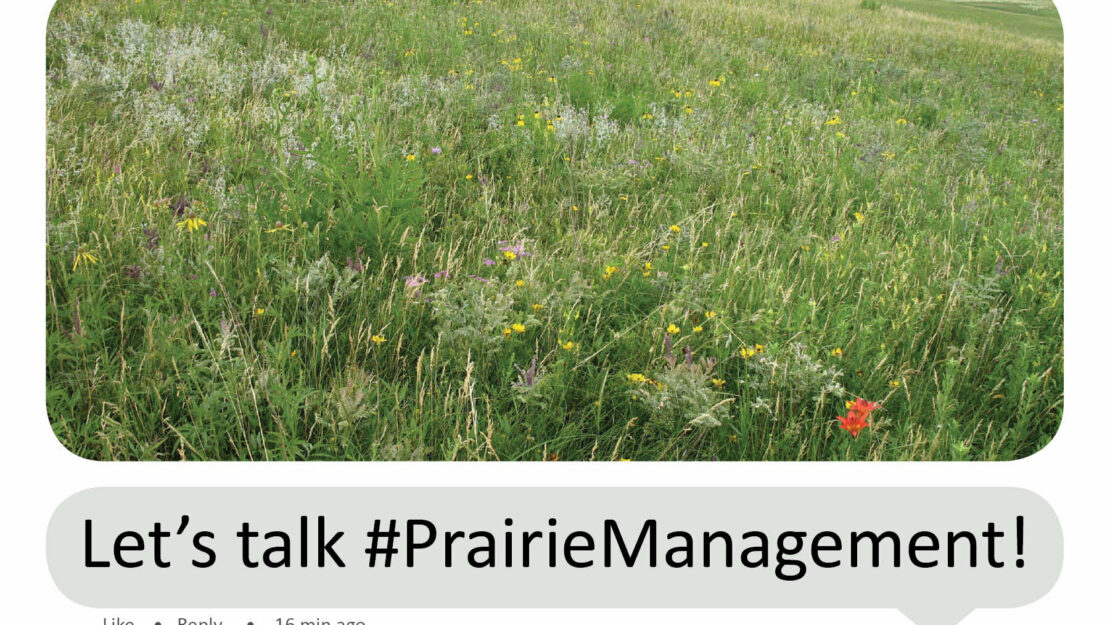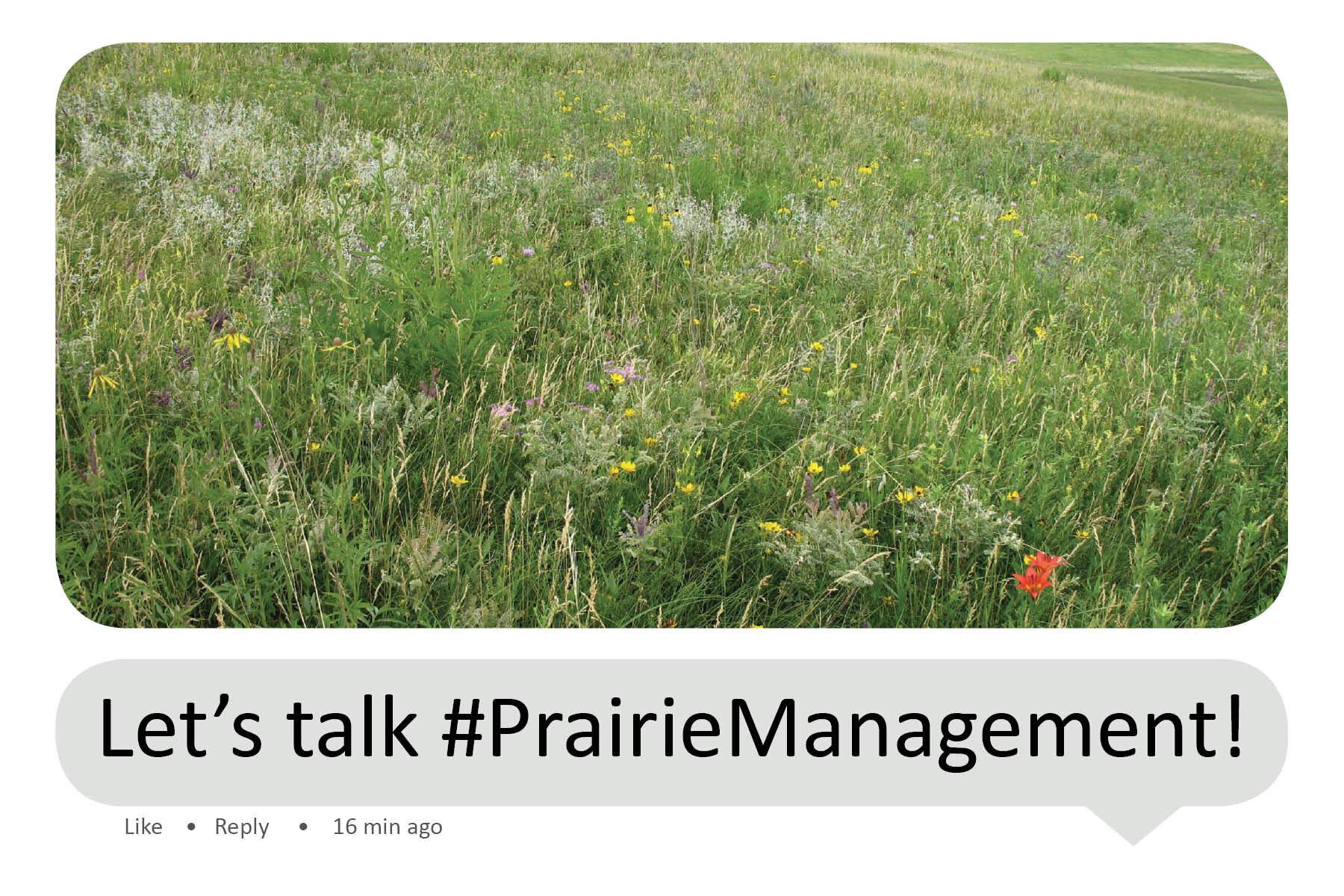The Minnesota Prairie Landowner Network

by David Minor, Communications Outreach Specialist/ AmeriCorps Member with MN DNR Scientific and Natural Areas through Conservation Corps’ Individual Placement program
This year, I have had the pleasure of working on a team to create the Minnesota Prairie Landowner Network. It is a resource (right now just a free Facebook group) to connect the owners of prairie in Minnesota to each other and prairie professionals. It is a way for people to ask questions, share resources, or just talk about anything related to prairies!

Why was this network needed? Currently, there is less than 2% of native prairie left in Minnesota (based on the 18 million acres of prairie present during the Public Land Survey in 1847-1908). There is not a lot of remnant prairie left. Even when you add in reconstructed prairie there is not much. Because prairie is now pretty rare, the people who own and manage it are few and far between. Prairie partners recognized the need to connect these people together, whether they are managing a large tract of native prairie, or planting a mini prairie in their yard.
When I started on this project, it was basically just a few sentences of an idea with some funding from the Environment and Natural Resources Trust Fund. I worked on this team to develop the communications plan, figure out what the network should look like, and how it should work. We are still in the process of developing the network, but in July we launched the first part, a Facebook group (now with over 350 members)! A Facebook group seemed like the obvious first step to directly connect landowners and prairie professionals together. Since launching, we have been busy promoting the group to landowners and partner organizations, encouraging them to join in the conversation online.
It is heartening to see this project begin to pay off so quickly. The Facebook group is active with people talking to each other. New members are joining every week to join the conversation. Our next challenge is to expand the network and connect to those who are unable or do not want to use Facebook. Stay tuned to see how this part takes shape!